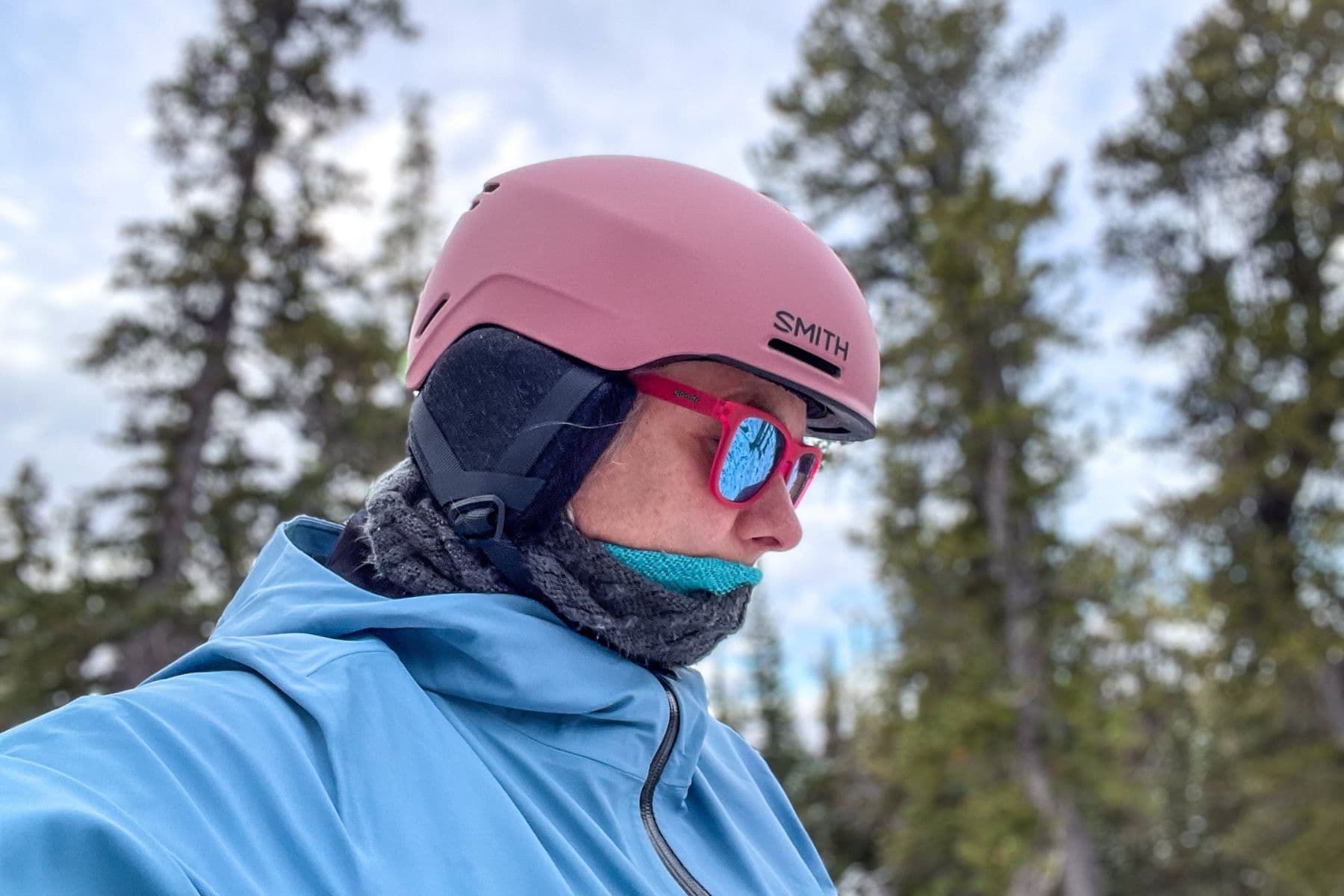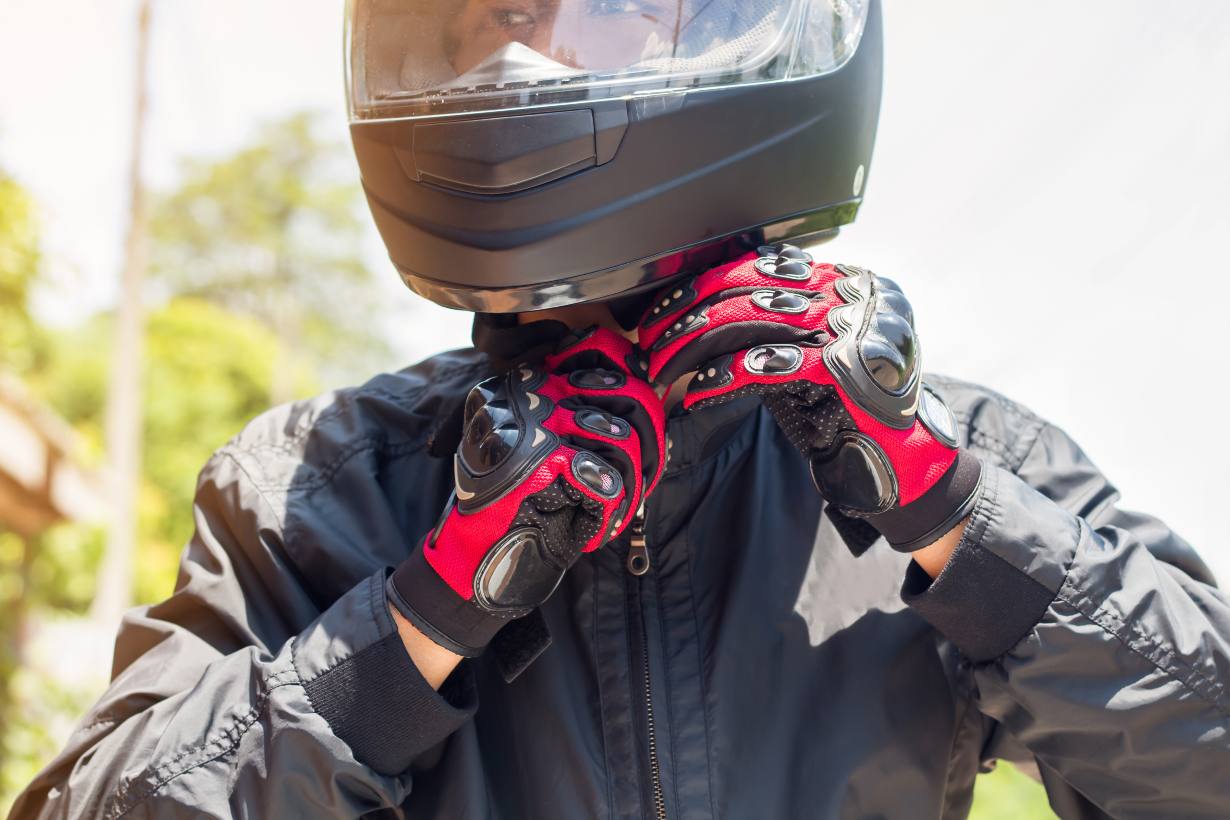Finding the right helmet size doesn’t have to be complicated. A helmet that fits properly ensures comfort and maximum protection, so you can focus on your activity without worry.
This guide will walk you through the steps to find the perfect helmet size easily and accurately.
1. Why Helmet Fit Matters
A properly fitted helmet protects your head by staying securely in place during an accident or impact. Here’s why choosing the right size is so important:
- Enhanced Safety: A snug fit allows the helmet to absorb and distribute impact effectively.
- Comfort: A well-fitted helmet sits securely without pressing uncomfortably or causing headaches.
- Improved Stability: A helmet that fits won’t slip or shift during activity, which reduces distractions.
2. How to Measure Your Head for a Helmet
Finding your perfect helmet size starts with measuring your head. You’ll need a flexible measuring tape or a piece of string and a ruler.
- Step 1: Position the Measuring Tape
Wrap the tape around the widest part of your head, about an inch above your eyebrows and ears. This area gives the most accurate measurement for helmet sizing. - Step 2: Record Your Head Circumference
Make sure the measuring tape or string is level all the way around your head. If using a string, mark the overlap and measure it against a ruler. - Step 3: Double-Check for Accuracy
Measure twice to confirm. Use the average if there is a slight difference.
3. Using a Size Chart to Find Your Helmet Size
Once you have your head circumference, use the size chart provided by the specific brand of helmet you’re interested in, as sizing can vary slightly between brands. Here’s a general guide:
- XS: 20.1 – 21.3 inches (51 – 54 cm)
- S: 21.3 – 22 inches (54 – 56 cm)
- M: 22 – 22.8 inches (56 – 58 cm)
- L: 22.8 – 23.6 inches (58 – 60 cm)
- XL: 23.6 – 24.4 inches (60 – 62 cm)
- XXL: 24.4 – 25.2 inches (62 – 64 cm)
Choose the size that best matches your head measurement. If your measurement is between sizes, try both to see which provides the best fit.
4. Trying on the Helmet for Fit and Comfort
After choosing a size, it’s essential to try on the helmet to make sure it feels right. Here’s what to check:
- Snugness: The helmet should feel snug all around without pinching or pressure points. It should stay secure without being overly tight.
- Position: The front of the helmet should rest just above your eyebrows, covering the forehead fully. It should sit level on your head, not tilted back.
- Chin Strap Adjustment: Fasten the chin strap securely, allowing only one or two fingers to fit between the strap and your chin. This helps keep the helmet stable without causing discomfort.
- Shake Test: Gently shake your head side-to-side and up and down. The helmet should move with your head and not shift or wobble. If it does, try a smaller size or adjust the straps.
5. Helmet Shapes and Why They Matter
Helmets come in different shapes to suit different head profiles:
- Round Shape: Ideal for people with a rounder head profile, where width and length are about the same.
- Oval Shape: Best for longer head shapes, where the length is greater than the width.
- Intermediate Oval: Fits most people and falls between the round and oval shapes.
If you feel pressure in specific areas with one shape, try another style to see which fits your head best.
6. Adjustable Fit Systems for Added Comfort
Some helmets come with adjustable features, such as:
- Dial-Fit Systems: A dial at the back allows you to tighten or loosen the fit. This is especially useful for fine-tuning the fit as needed.
- Removable Padding: Many helmets come with removable padding that you can adjust to achieve a custom fit.
- Slide Adjusters: Some helmets have slide adjusters on the sides to improve fit around the temples and ears.
These features make it easy to personalize your helmet fit for maximum comfort and security.
7. Helmet Fit Tips for Different Activities
Each activity has unique requirements, so choose a helmet that’s suited to your specific needs:
- Cycling: Opt for a lightweight helmet with good ventilation and a dial-fit system for easy adjustments.
- Skiing and Snowboarding: Look for helmets with insulation and goggle compatibility. A dial-fit system can help adjust for extra warmth layers.
- Motorcycling: Select a helmet that covers your entire head and includes a secure chin strap or buckle system for stability at high speeds.
8. Signs You’ve Found the Right Helmet Size
- Comfortable and Secure: The helmet feels snug without causing pressure points, and it stays in place.
- No Slipping or Movement: The helmet remains stable during head movements, even without a tightened chin strap.
- No Gaps or Excess Space: A good-fitting helmet sits close to your head without any gaps.
Final Thoughts
Choosing the perfect helmet size doesn’t have to be complex. By taking an accurate head measurement, consulting the size chart, and making necessary adjustments, you can find a helmet that offers both safety and comfort.
With the right fit, you can enjoy your activity confidently, knowing your helmet is providing the protection you need.







